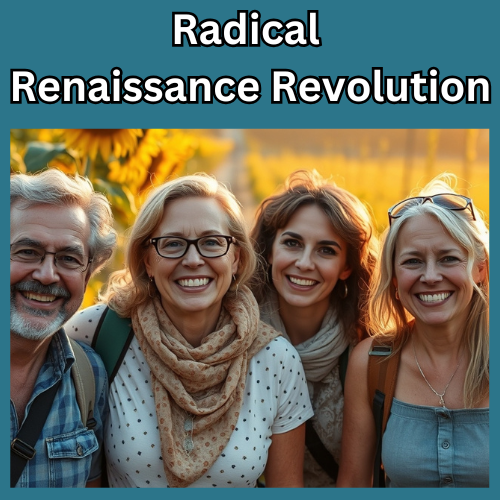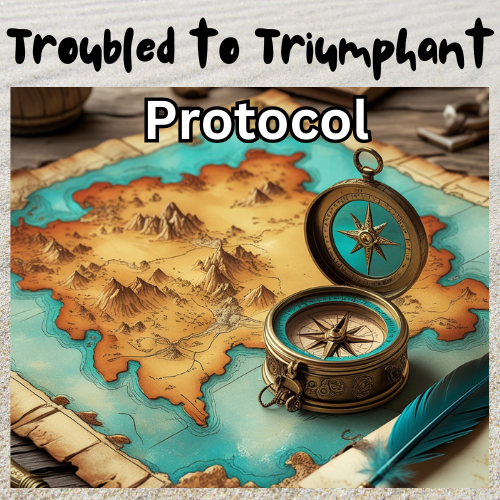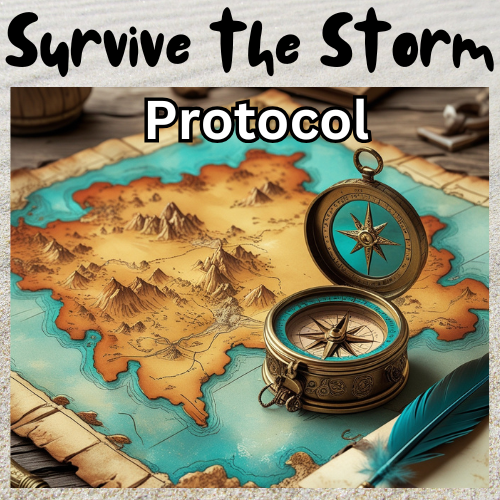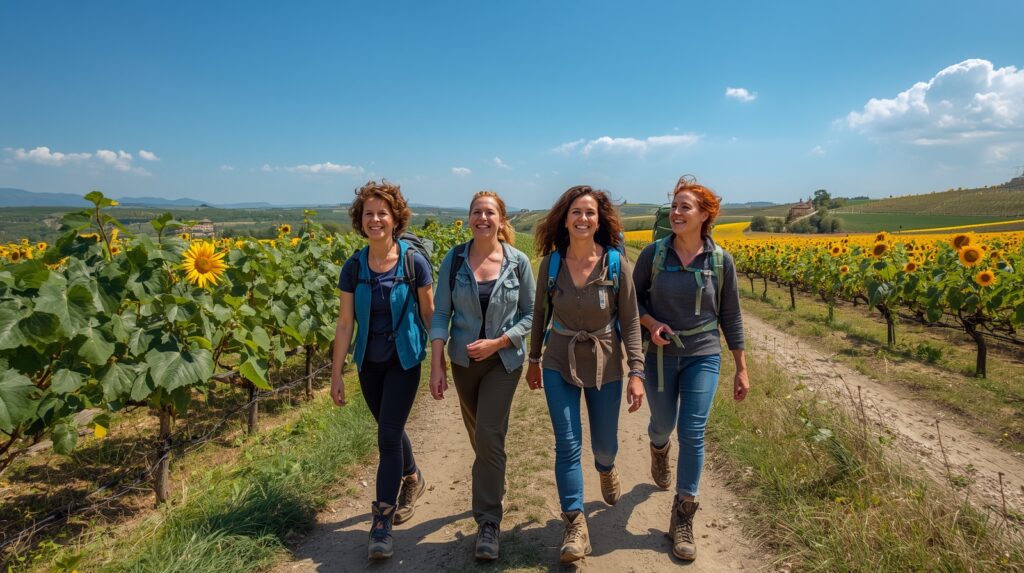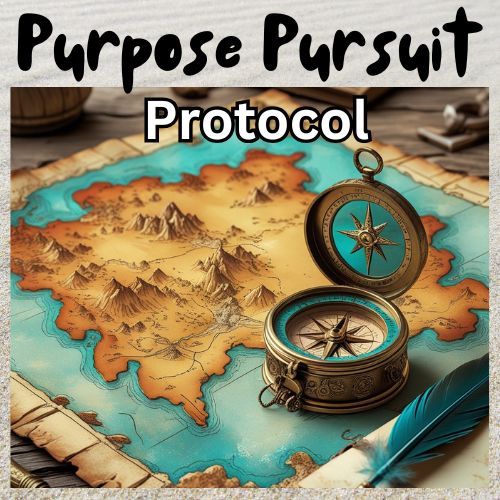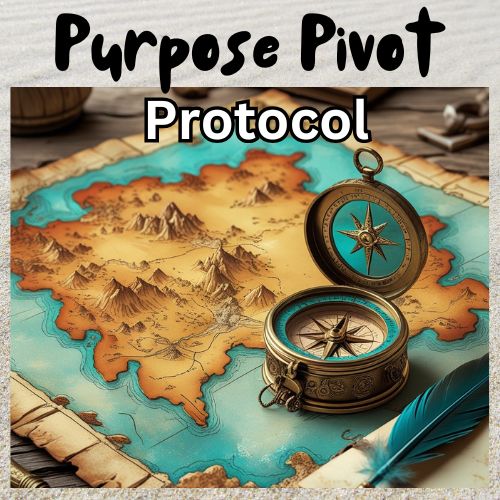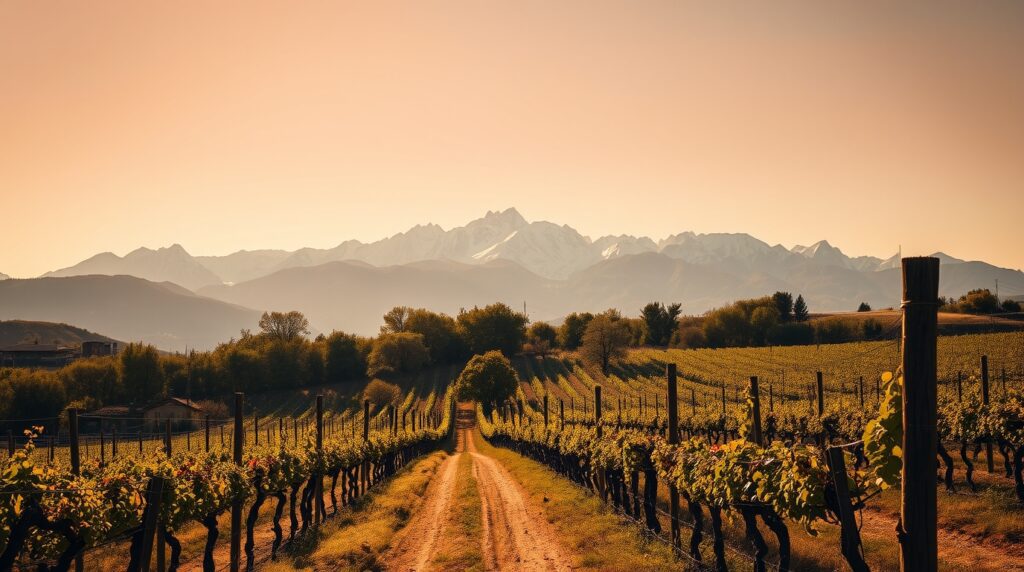Quick Summary
Choosing your best retreat: a hotel/resort retreat or a home-hosted retreat? Hotels offer polished professionalism, extensive amenities, and worry-free logistics, while home retreats provide intimate connections, personalised attention, home-cooked meals, and authentic experiences at a fraction of the cost. Your choice depends on whether you prioritise luxury convenience or meaningful connection and customisation.
Introduction
Picture this: You’re standing at a crossroads, credit card in one hand, soul yearning for rest and a reset in the other. On your left, a glossy brochure promises a luxury retreat at a five-star resort with infinity pools and cucumber water. On your right, an invitation to a cosy farmhouse retreat where the facilitator makes her own sourdough and knows your name.
Which path leads to deeper healing? Which investment serves your soul better than your Instagram feed?
The retreat industry has exploded in recent years, offering everything from silent meditation marathons in Bali to manifestation workshops in Malibu mansions. But beneath the marketing glitter lies a fundamental question that most people never think to ask: Does the setting actually matter?
Let me tell you about Nina Pellitier, and how two very different retreat experiences taught her (and me) everything we needed to know about the power of place in personal growth.
Nina’s Tale of Two Retreats
Nina pushed through the revolving glass doors of the Grand Vista Resort, her designer weekend bag rolling behind her on marble floors so polished they could have doubled as mirrors. The lobby hummed with efficient activity—uniformed staff gliding between guests, the gentle ping of elevator arrivals, and the soft jazz that seemed to emanate from the very walls themselves.
“Welcome to your Mindful Leadership Intensive,” chirped the woman behind the mahogany reception desk, her smile as perfectly arranged as the orchids flanking her computer. Nina accepted her room key—a sleek black card in a leather folder—and followed the bellhop’s crisp instructions to the East Wing.
Her room was everything the website had promised: Egyptian cotton sheets in pristine white, a view of manicured grounds through floor-to-ceiling windows, and a bathroom larger than her first apartment. She unpacked her carefully curated retreat wardrobe (athleisure that cost more than most people’s monthly grocery budget) and headed down to the orientation session.
The conference room buzzed with forty-three other high-achievers, each clutching branded water bottles and leather portfolios. Nina found herself seated between a pharmaceutical executive from Chicago and a tech startup founder who kept checking her Apple Watch. The facilitator, impressive in his pressed khakis and wireless headset, launched into a PowerPoint presentation about “Disrupting Your Inner CEO.”
For three days, Nina dutifully attended sessions in rooms that could have housed small weddings. She ate meals from gleaming buffet stations where the labels read like a United Nations summit: “Quinoa Fusion Bowl,” “Mediterranean Wrap Station,” “Asian-Inspired Soup Bar.” The food was attractive, abundant, and utterly forgettable—the kind of meal designed to offend nobody and delight nobody in equal measure.
During breaks, she networked by the infinity pool, collecting business cards. The conversations felt familiar: quarterly projections, market disruption, the challenge of work-life balance. It was her regular Tuesday, just with better lighting and more expensive coffee.
Nina left the Grand Vista feeling… fine. She’d learned some useful frameworks, made some potentially valuable connections, and gotten a decent tan. Her Instagram stories from the retreat garnered impressive likes. But driving home, she couldn’t shake the feeling that she’d attended a very expensive conference rather than experienced any actual rest or reset.
Six months later, just south of Montpellier, Nina found herself pulling into the gravel driveway of what could only be described as a fairy-tale cottage gone slightly wild. Lavender bushes heavy with purple blooms brushed against her car windows, releasing their perfume into the warm evening air. A hand-painted sign reading “Bienvenue” leaned against a stone wall covered in climbing roses.
The front door opened before she could knock, revealing a woman with flour-dusted hands and the kind of genuine smile that crinkles the corners of your eyes. “Nina! You made it! I’m Marie, and you’re just in time for dinner prep. Hope you don’t mind getting your hands dirty.”
The kitchen was chaos in the most beautiful way: copper pots bubbling on an ancient stove, the wooden table scattered with just-picked herbs, and the smell of something that could only be described as “home” filling every corner. Nina found herself handed an apron and a knife, standing shoulder-to-shoulder with five other women as they chopped vegetables for what Marie called “tonight’s retetouille adventure.”
The conversation flowed as naturally as the wine Marie kept topping up in their glasses. There was Sarah, recently divorced and learning to cook for one. Emma, a nurse who hadn’t taken a vacation in three years. Lily, whose teenager had just left for university, was her wondering who she was beyond “Mom.” These weren’t networking opportunities; these were humans, beautifully messy and real.
They ate at a long wooden table that wobbled slightly, under string lights that cast everything in a golden glow. The ratatouille they’d prepared together tasted like it had captured sunshine itself—earthy, rich, and somehow infused with the laughter that had seasoned its preparation. Nina found herself reaching for seconds, then thirds, not because she was particularly hungry, but because the act of eating felt celebratory rather than merely necessary.
That first night, she slept in a room with mismatched vintage furniture and windows that actually opened to let in the sound of crickets and the distant bleating of goats. No air conditioning hummed; no ice machine clanked down the hallway. Just silence, punctuated by the gentle sounds of the countryside night.
The next morning began not with a wake-up call, but with the aroma of fresh bread drifting up the stairs. Nina padded downstairs barefoot to find Marie pulling golden loaves from the oven, steam rising like incense in the morning light. Coffee came in mismatched mugs, each with its own story, and breakfast was eaten in the garden while dew still clung to the spider webs strung between the tomato plants.
There were no PowerPoint presentations, no branded materials, no scheduled networking breaks. Instead, there were conversations that meandered like the walking paths they explored, deep and winding discussions about purpose, fear, dreams deferred, and the courage to begin again. When tears came—and they did, for all of them at various points—there were real hugs, not professional shoulder pats. When breakthroughs happened, they were celebrated with impromptu toasts and group hugs that lasted as long as they needed to.
Nina left that cottage retreat with dirt under her fingernails, Marie’s recipe for lavender shortbread tucked into her suitcase, and five new friendships that felt like they’d been years in the making. More importantly, she left with something she’d been seeking for years without knowing it: a sense of coming home to herself.
The Hidden Psychology of Retreat Settings
Nina’s contrasting experiences illuminate something profound about how the environment shapes transformation. It’s not just about thread count or Michelin stars—it’s about what psychologists call “psychological safety” and anthropologists recognise as “liminal space.”
The Intimacy Factor
When you gather three people in someone’s living room instead of twenty in a conference centre, magic happens. Social psychology research shows that group cohesion increases exponentially as group size decreases. In smaller settings, people can’t hide behind professional personas or disappear into the crowd. Vulnerability becomes not just possible, but inevitable.
Home retreats naturally create what researchers call “optimal group size” for meaningful connection—typically between 3-5 participants. Everyone gets heard, everyone matters, and the social dynamics shift from networking to nurturing.
The Authenticity of Imperfection
Hotel retreats excel at eliminating variables—consistent temperature, predictable meals, standardised accommodations. But transformation often happens in the gaps, the imperfections, the unexpected moments. When the soufflé falls, when it rains during the planned outdoor session, when someone’s story makes everyone cry into their homemade soup—these aren’t bugs in the system, they’re features.
The Japanese have a concept called wabi-sabi—finding beauty in imperfection. Home retreats embody this philosophy naturally. The slightly burned bread becomes a lesson in self-forgiveness. The mismatched chairs around the dinner table become a metaphor for how our differences create beautiful harmony.
The Neuroscience of “Home”
Our brains are wired to respond differently to domestic spaces versus institutional ones. Home environments trigger what neuroscientists call the “tend-and-befriend” response—the biological system that promotes connection, empathy, and healing. Hotel environments, however pleasant, often activate subtle stress responses associated with unfamiliar territory and performance expectations.
When you’re chopping vegetables for the group dinner, your nervous system receives completely different signals than when you’re selecting from a buffet line. One says, “I belong here, I contribute to this community.” The other says, “I am a consumer of services.”
The Economics of Transformation
Let’s talk about the elephant in the room: money. High-end retreat centres can cost thousands of dollars, creating an unfortunate reality where transformational experiences become luxury goods accessible only to the already privileged. This isn’t just unfair—it’s counterproductive.
When people invest reasonable amounts in their growth rather than taking out loans or depleting savings, they approach the experience with curiosity rather than desperation. They’re not carrying the additional stress of financial strain, which can actually impede the very breakthroughs they’re seeking.
Home retreats typically cost 40-60% less than resort equivalents, not because they offer less value, but because they eliminate massive overhead costs: hotel markups, resort fees, commercial kitchen requirements, and institutional staffing. This affordability paradoxically increases their transformational power by removing financial pressure from the equation.
The Gift of Ordinary Magic
Perhaps most importantly, home retreats normalise transformation. They demonstrate that profound change doesn’t require exotic locations or expensive facilitation. It can happen around a kitchen table, during a walk through someone’s garden, or while washing dishes together after dinner.
This normalisation is crucial because sustainable transformation happens in ordinary moments, not just peak experiences. When people learn to access wisdom and connection in domestic settings, they’re more likely to maintain those practices once they return to their regular lives.
Making Your Choice: A Framework for Decision
So how do you choose? Here’s a framework based on honest self-assessment:
Choose a Hotel/Resort Retreat If:
- You genuinely need the luxury and pampering as part of your healing process
- You’re networking-motivated and want to connect with larger groups
- You prefer structured, professionally managed experiences
- You have specific accessibility needs best met by commercial facilities
- Budget is not a primary concern
- You’re seeking escape from domestic responsibilities
Choose a Home Retreat If:
- You crave authentic connection over professional networking
- You’re budget-conscious but don’t want to sacrifice quality
- You learn better in intimate, personalised settings
- You’re drawn to experiential learning (cooking, gardening, crafting)
- You want to normalise the transformation rather than exoticise it
- You’re seeking a community that extends beyond the retreat experience
Red Flags to Avoid in Either Setting:
- Facilitators who promise unrealistic outcomes
- Programs that shame participants for past choices
- Retreats that isolate you from support systems
- Any setting that feels more focused on image than substance
- Experiences that require you to go into debt
The Future of Meaningful Retreat Experiences
The retreat industry is evolving, and the most successful programs are those that prioritise authentic connection over Instagram moments. Home-based and small-scale retreat experiences are growing rapidly because they address what people actually need: genuine human connection, personalised attention, and sustainable practices they can maintain long after the retreat ends.
This doesn’t mean luxury retreats don’t have their place. Some people genuinely need the complete escape that only a full-service resort can provide. Others require the credibility and structure that come with professional facilities. The key is honest self-assessment about what will actually serve your growth versus what looks impressive on social media.
The most profound transformations often happen not in perfected environments, but in spaces where we can be perfectly imperfect—where our vulnerabilities are welcomed, our stories are witnessed, and our growth is celebrated by people who’ve become genuine friends rather than fellow consumers.
Frequently Asked Best Retreat Questions
Q: Are home retreats less professional or credible than hotel-based ones? A: Not at all. The setting doesn’t determine the quality of facilitation or content. Many highly credentialed facilitators choose home settings specifically because they allow for more personalised, effective work. Look at the facilitator’s experience, approach, and testimonials rather than the thread count of the sheets.
Q: What about safety and insurance issues with home retreats? A: Reputable home retreat hosts carry appropriate insurance and follow safety protocols. Ask about their insurance coverage, emergency procedures, and any relevant certifications. Most home retreat hosts are more attentive to safety precisely because they’re personally liable and genuinely care about their home.
Q: How do I know if a home retreat will be too intense or intimate for my comfort level? A: Good home retreat facilitators will discuss group dynamics, privacy expectations, and comfort levels during the application or consultation process. Don’t hesitate to ask specific questions about group size, sleeping arrangements, participation expectations, and how they handle different comfort levels with sharing.
Q: Can home retreats accommodate dietary restrictions and accessibility needs? A: Many can, often more flexibly than hotels, since meals are prepared specifically for the group. However, complex medical needs or significant mobility issues might be better served by commercial facilities. Always discuss your specific needs upfront—good hosts will be honest about what they can and cannot accommodate.
Q: How do I find legitimate home retreats versus potentially sketchy situations? A: Look for hosts with verifiable credentials, detailed websites with clear policies, testimonials from past participants, and transparent communication. Trust your instincts—if something feels off during initial communications, it probably is.
Coming Home to Yourself
Nina’s story reminds us that transformation isn’t a product to be consumed—it’s an experience to be lived. Whether that happens beside an infinity pool or around a farmhouse table matters less than whether the experience honours your authentic self and creates space for genuine growth.
The best retreat is the one that doesn’t just change you for a weekend, but changes how you show up in your ordinary life. It’s the one where you learn that wisdom doesn’t require expensive settings, that connection doesn’t need professional facilitation, and that coming home to yourself can happen anywhere you feel truly welcomed.
Sometimes the most profound journeys begin not with a passport or a credit card, but with the simple courage to show up authentically wherever you are.
Ready for your own transformative retreat experience? Join me for a stress-relief walking retreat along the ancient Camino de Santiago pilgrimage path near my little farmhouse in the southwest of France. We’ll explore the healing power of slow travel, mindful walking, and authentic connection while savouring home-cooked meals made from local ingredients. Limited to just 3 participants to ensure personal attention. Learn more about our upcoming Camino-inspired retreats and discover how transformation happens one mindful step at a time.
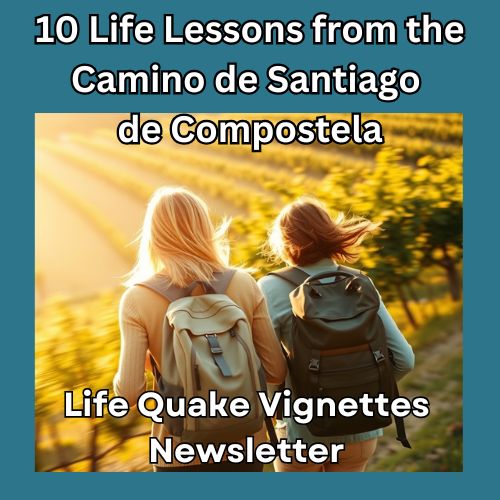
10 Powerful Life Lessons Learned While Walking the Camino de Santiago – a free guide filled with 10 not just “quaint anecdotes” or Instagram-worthy moments (though there are plenty of those) but real transformations from real people who walked the same insight-giving trail you might want to walk one day – Subscribe to my monthly newsletter to Download the Guide

Author Bio: Dr Margaretha Montagu – described as a “game changer”, “gifted healer”, “guiding light” and “life-enriching author” – is an experienced medical doctor, a certified NLP practitioner, a medical hypnotherapist, an equine-assisted psychotherapist (EAGALAcertified) and a transformational retreat leader who guides her clients through life transitions – virtually, or with the assistance of her Friesian and Falabella horses, at their home in the southwest of France.

















